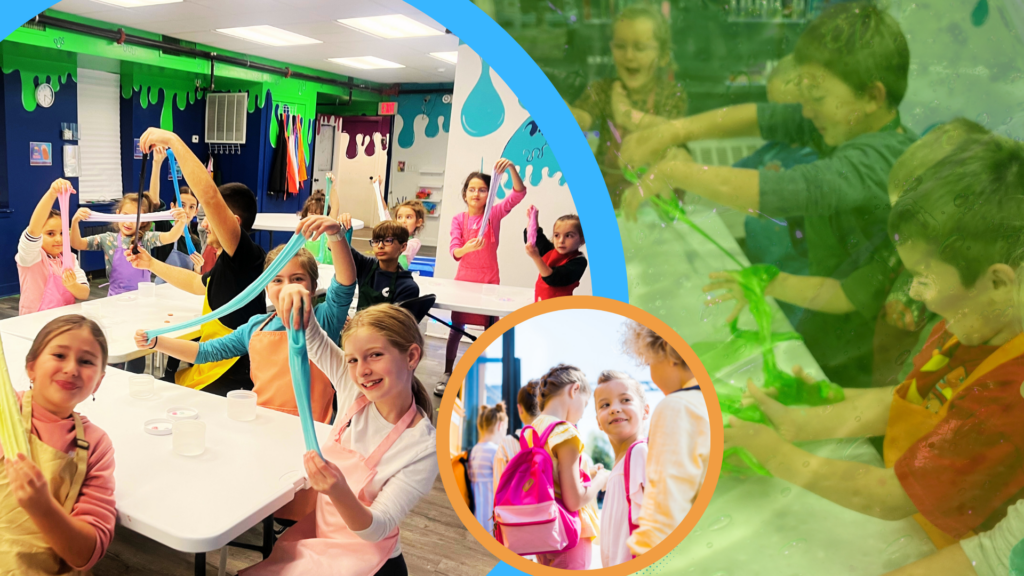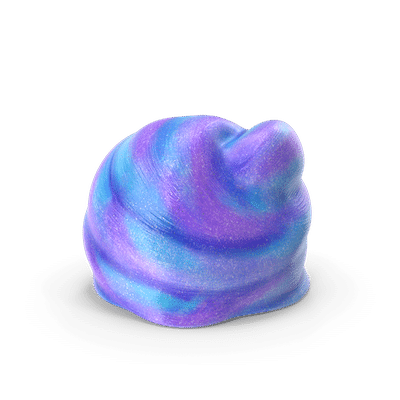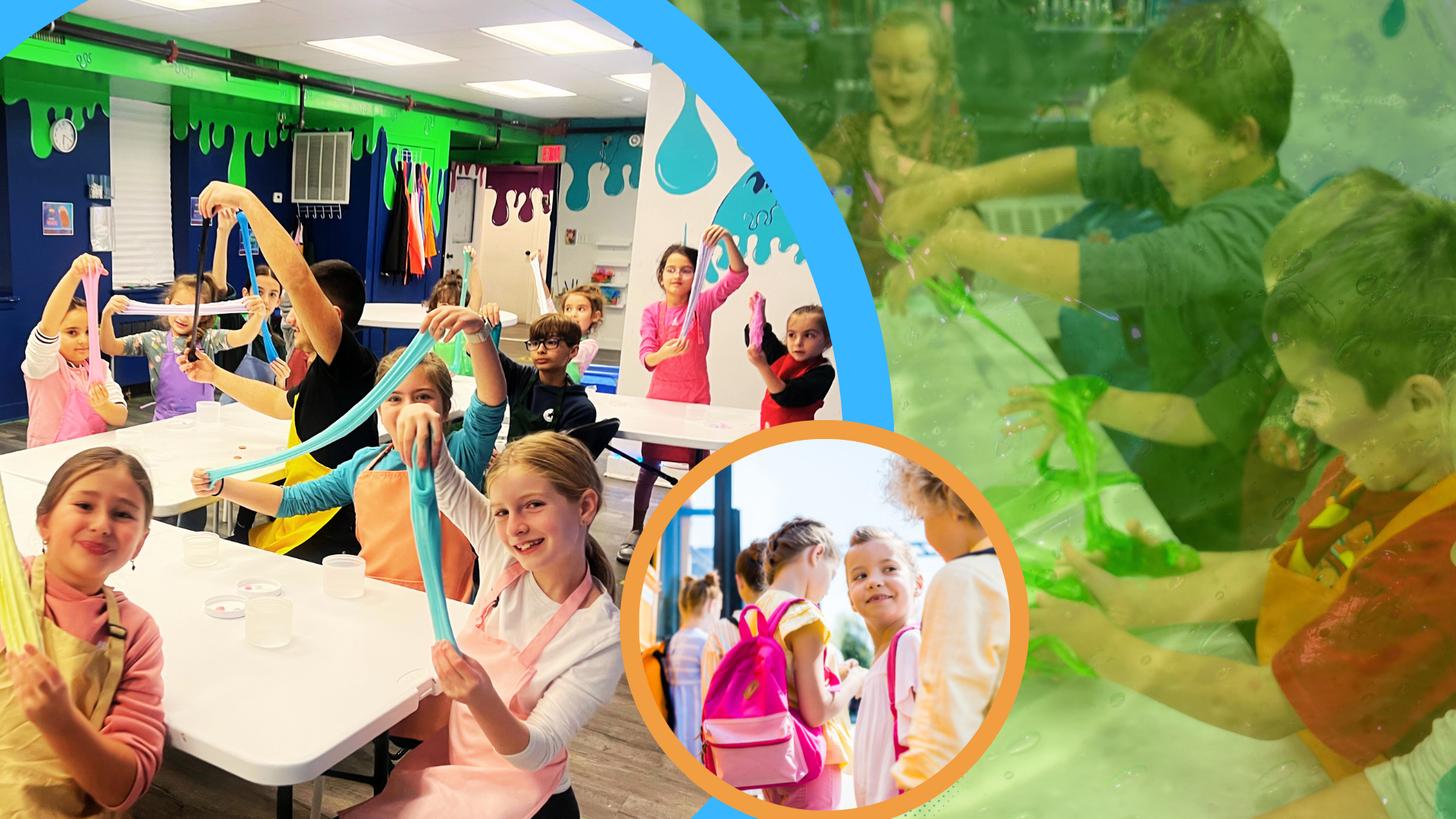Unlocking the Power of Learning through Slime Science
Slime isn’t just fun; it’s a great way to teach kids important STEM skills. With simple slime-making activities, children can learn science, practice problem-solving, and develop critical thinking—all while having fun. Whether you’re a parent or a teacher, slime is a fantastic way to spark curiosity and learning.
Understanding Chemistry: Mixing and Reactions
Slime-making is a chemistry experiment! When you mix glue with an activator, a chemical reaction turns liquids into slime. Kids learn about “polymerization,” where molecules join to form long chains. By trying different amounts of ingredients, they see how the slime’s texture changes.
Key STEM Skills:
- Chemical reactions
- States of Matter
- Ratios and measurements
Problem-Solving and Engineering: Adjusting Slime’s Texture
Making slime is about more than just following a recipe—it’s about experimenting. Is it too sticky? Too runny? Kids learn problem-solving by adjusting ingredients to get the perfect texture, using add-ins like shaving cream or beads to create different kinds of slime.
Key STEM Skills:
- Problem-solving
- Critical thinking
- Material properties
Math Skills: Measuring Ingredients
Slime-making introduces basic math through measuring. Kids learn how different amounts of glue, water, and activator affect the final product. Over time, they develop skills in estimation and prediction.
Key STEM Skills:
- Measuring and ratios
- Estimating and predicting outcomes
Scientific Observation: Hypothesis and Experimentation
Slime-making is a hands-on way to use the scientific method. Kids can test different ingredients, form hypotheses, and observe results—like how color affects the slime’s texture.
Key STEM Skills:
- Hypothesis and experimentation
- Observing and analyzing data
Exploring Physics: Elasticity and Viscosity
Slime’s stretchiness and resistance to movement are perfect for learning physics. Kids can explore how pressure, force, and temperature affect the slime’s properties.
Key STEM Skills:
- Elasticity and viscosity
- Forces and pressure
Collaboration and Communication: Teamwork
Making slime in groups teaches teamwork and communication. Kids work together to solve problems, share ideas, and make decisions.
Key STEM Skills:
- Teamwork and collaboration
- Sharing solutions
How to Use Slime for STEM Learning
For parents and teachers, slime can make learning fun. Try “Slime Lab Days” to explore new recipes, or focus on specific concepts like temperature effects. Slime is more than a fun activity—it’s a way to explore chemistry, physics, math, and engineering, all while building problem-solving skills.
So next time you make slime, remember: it’s not just play—it’s learning!






